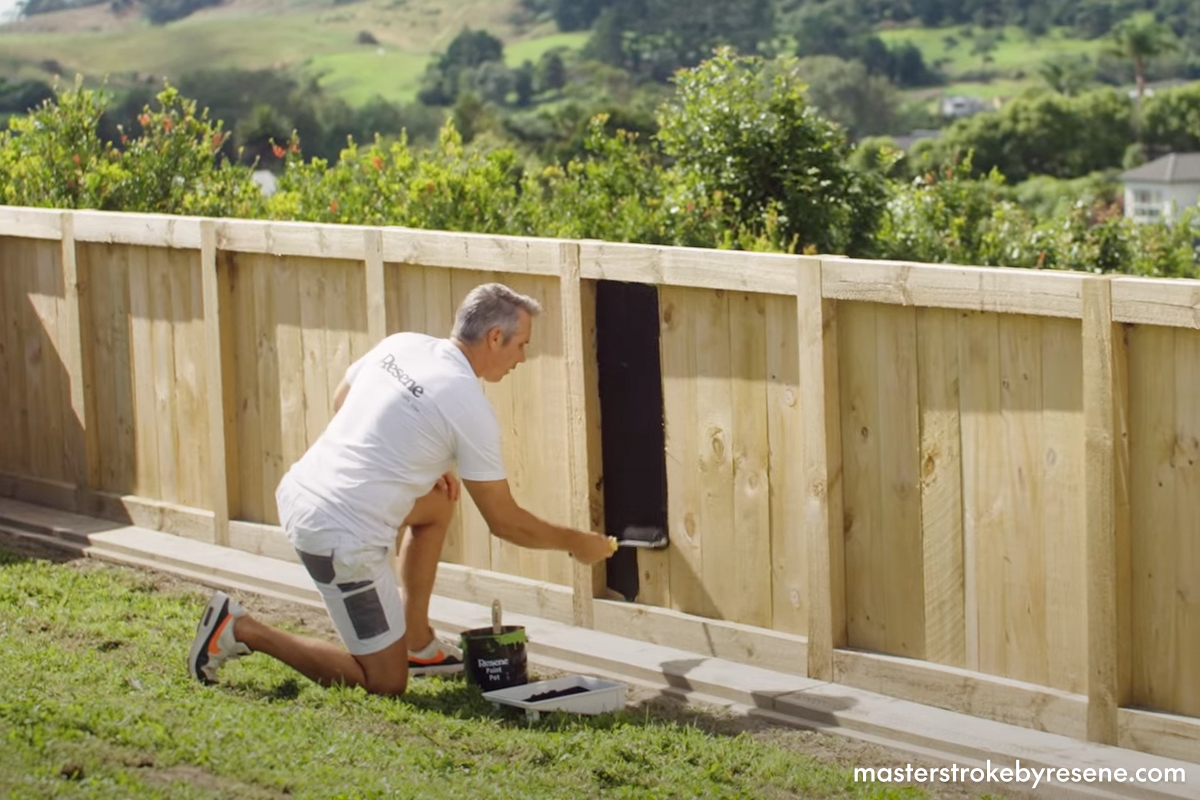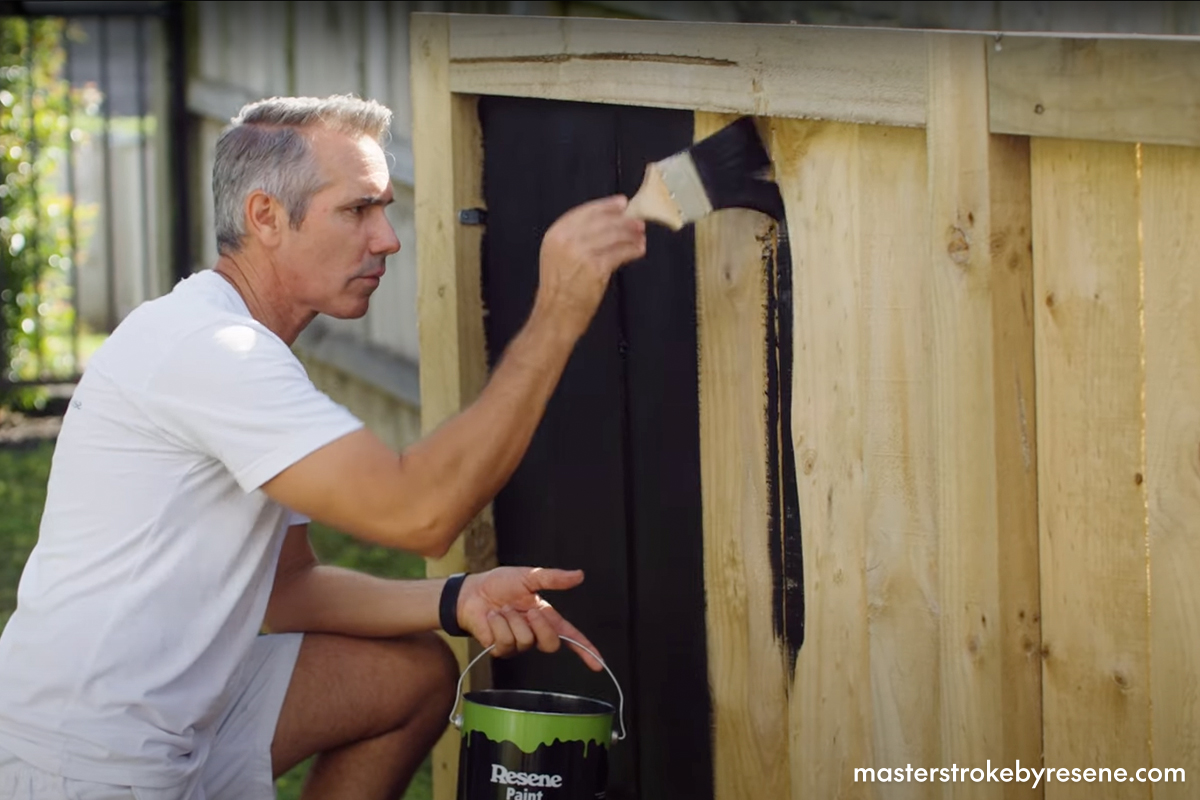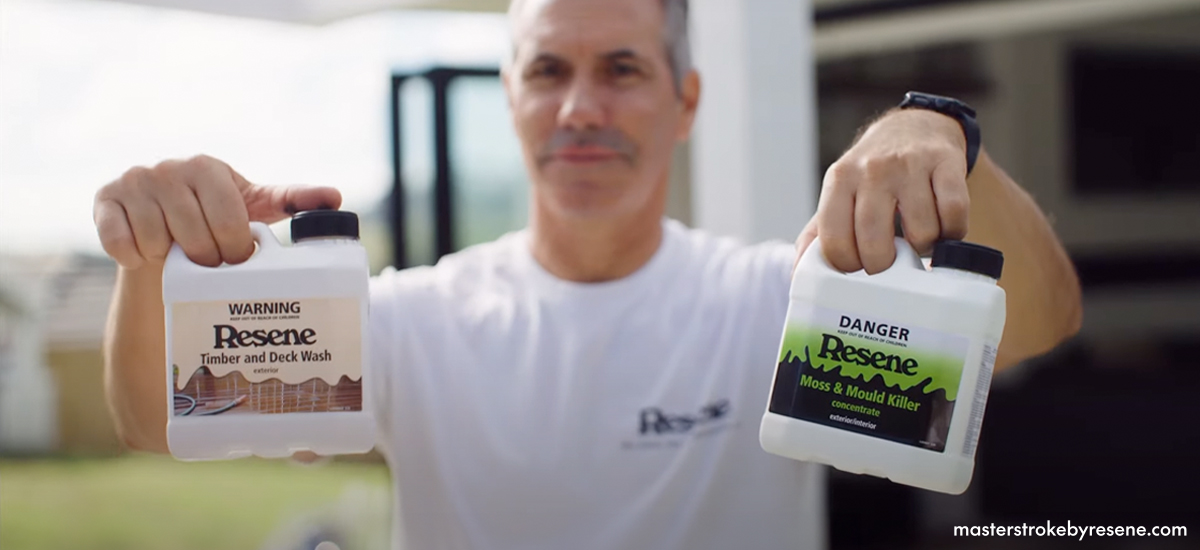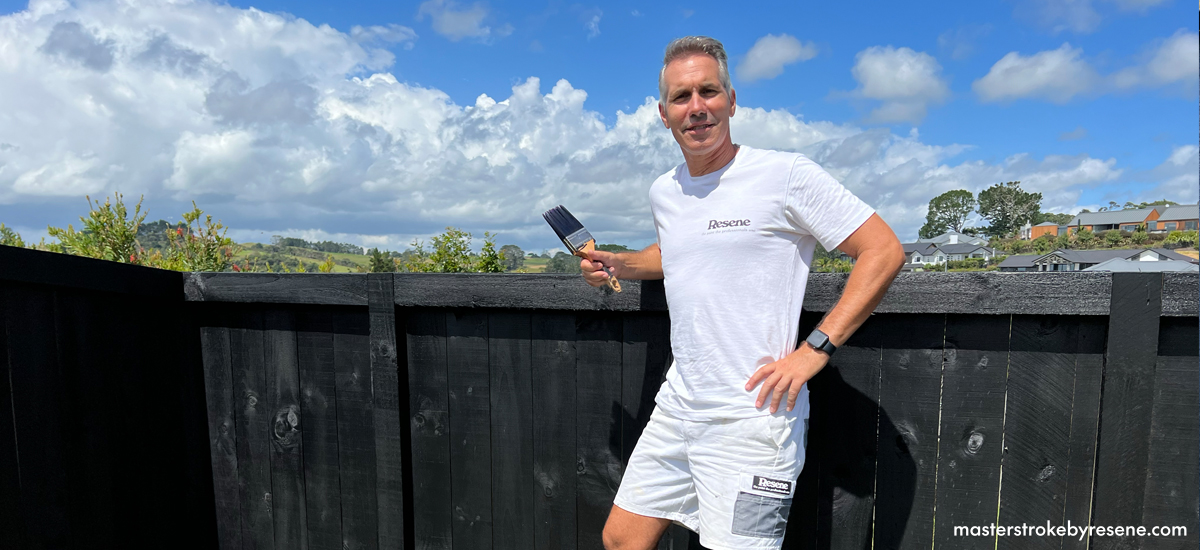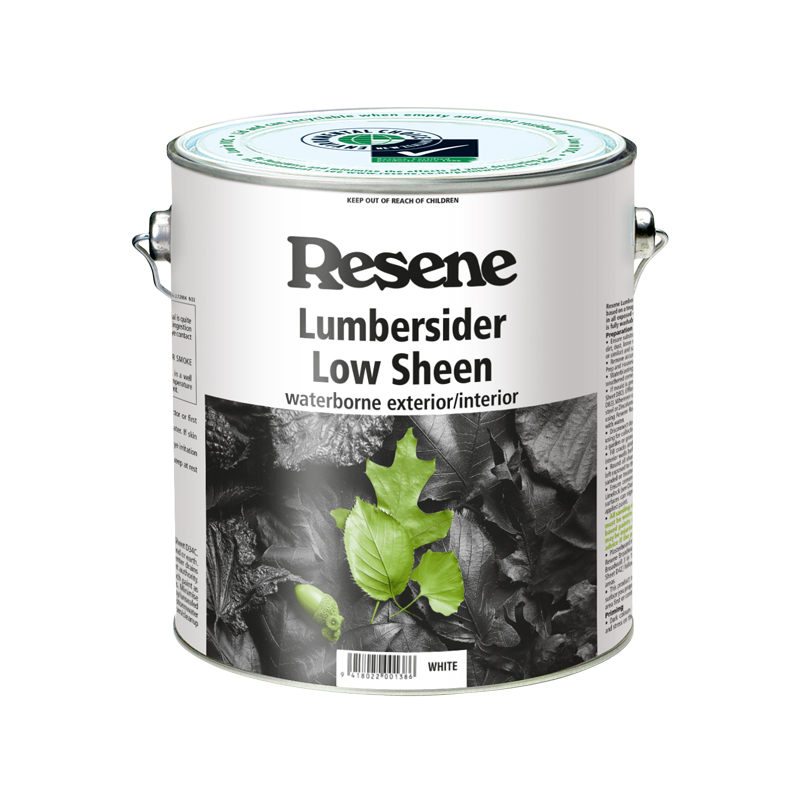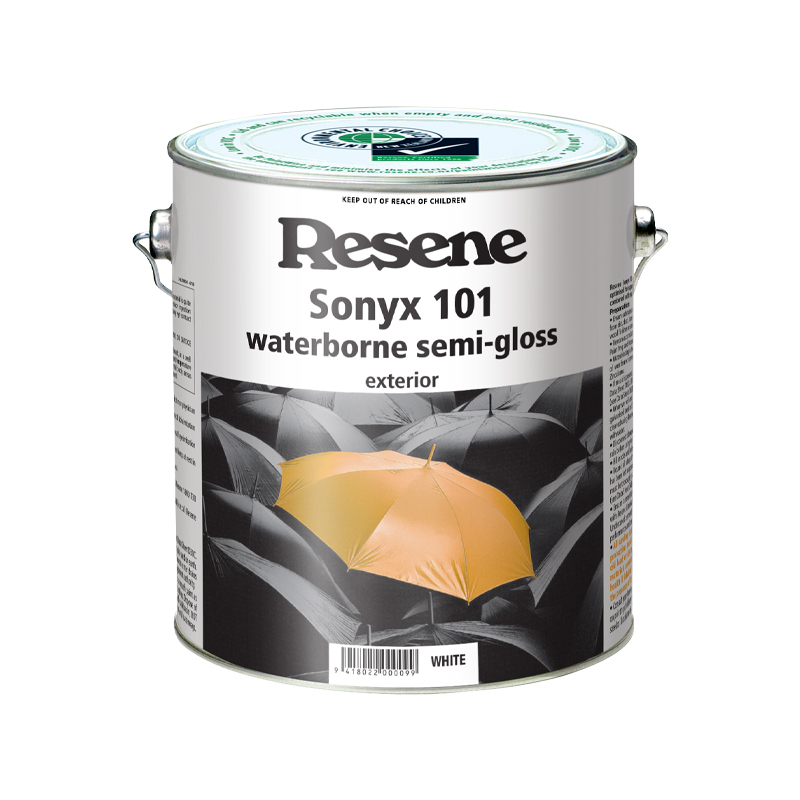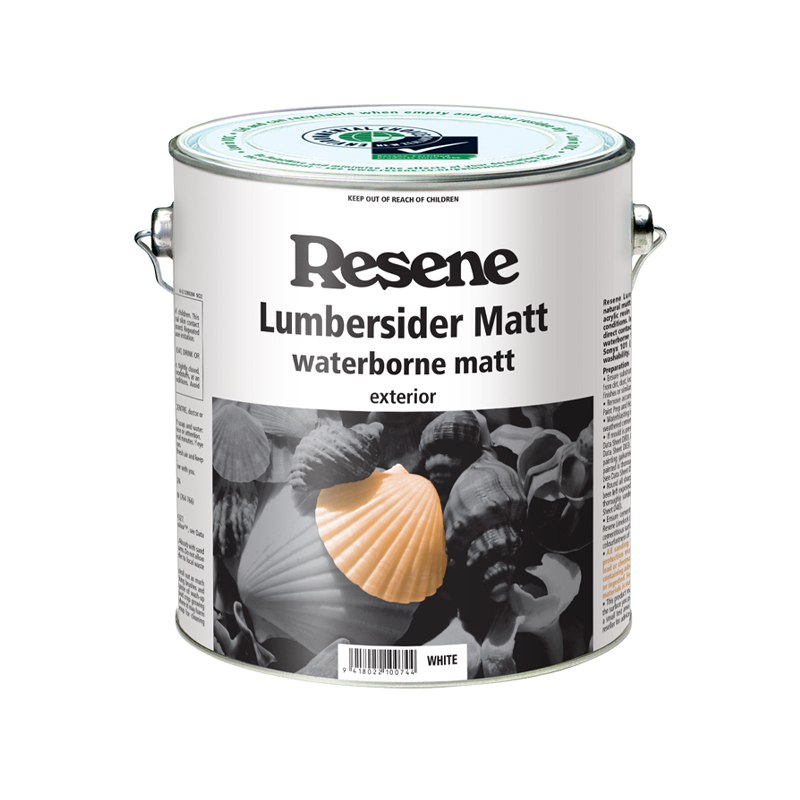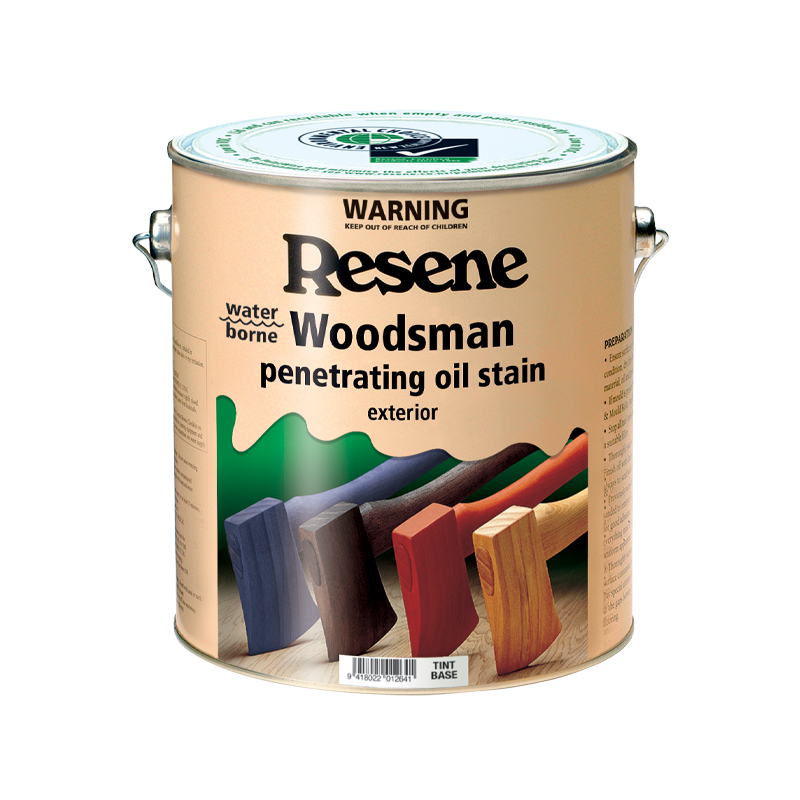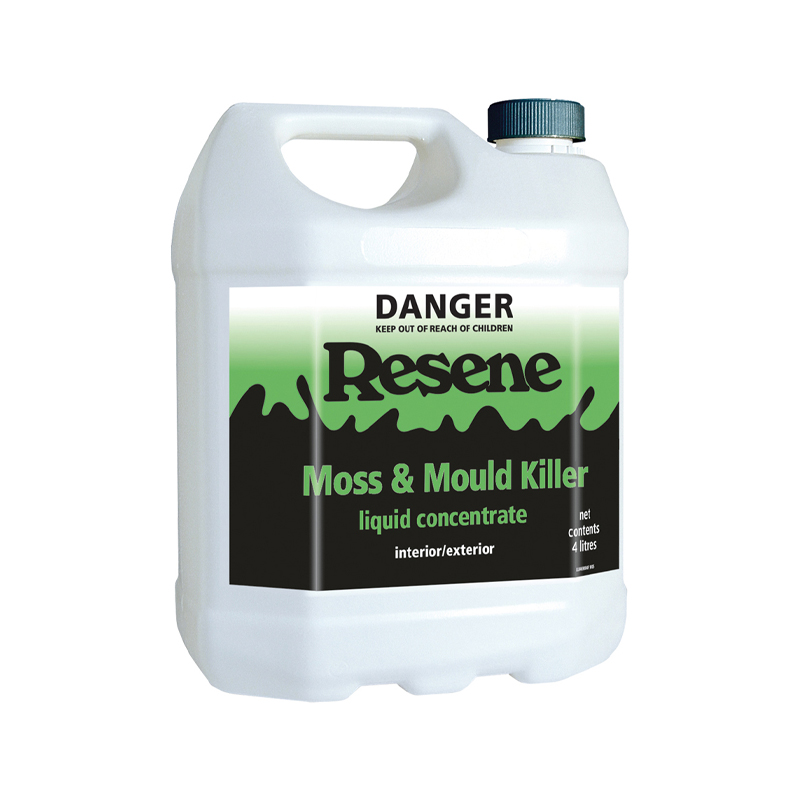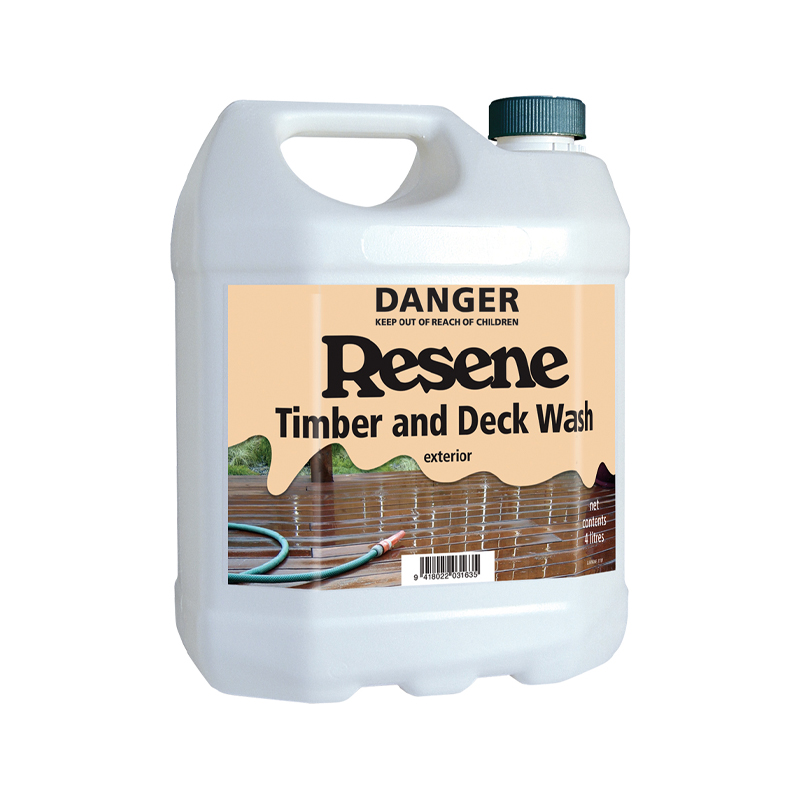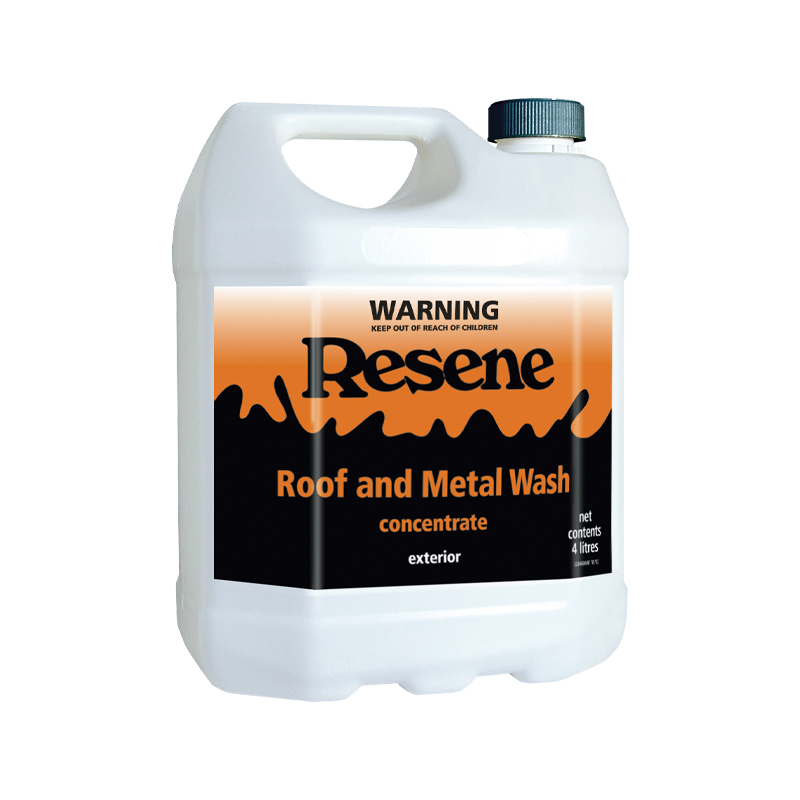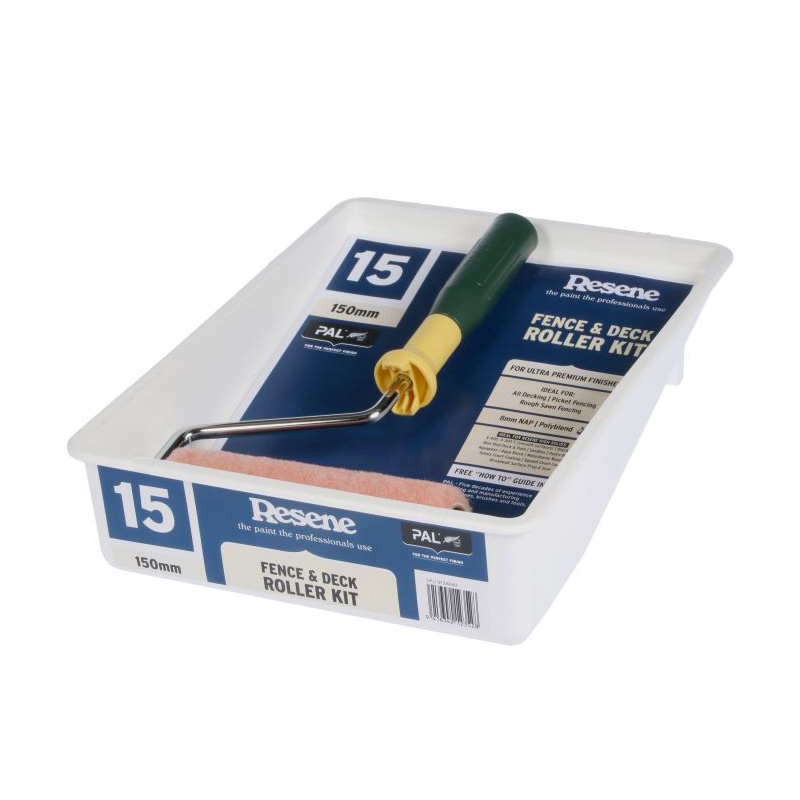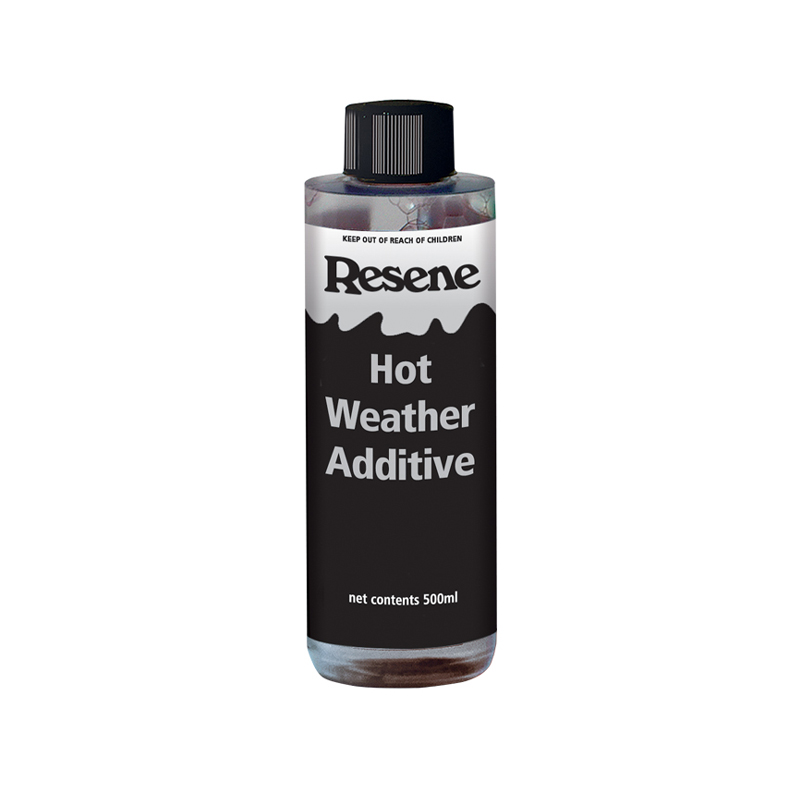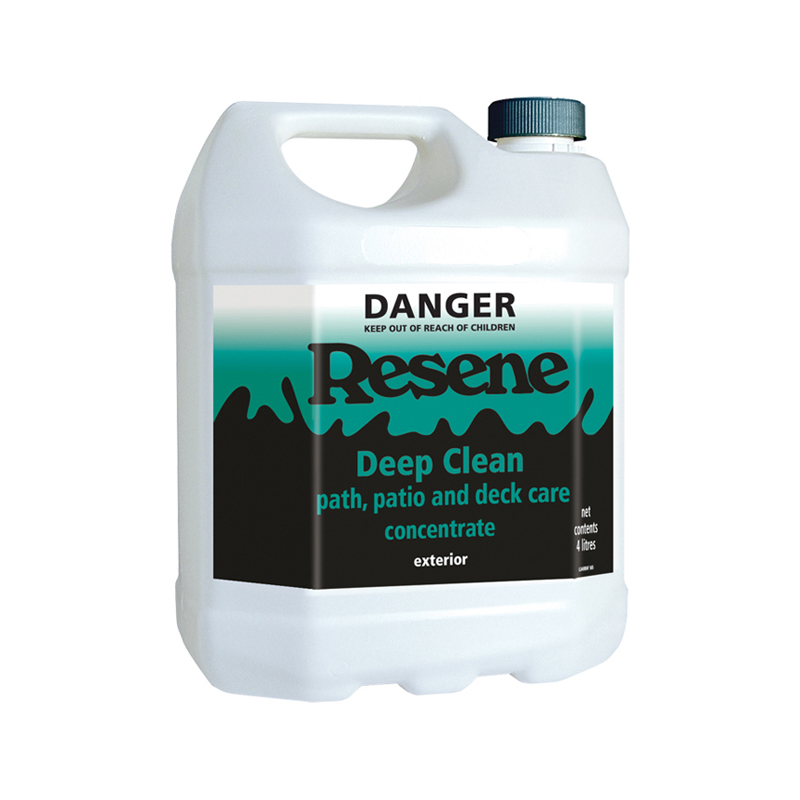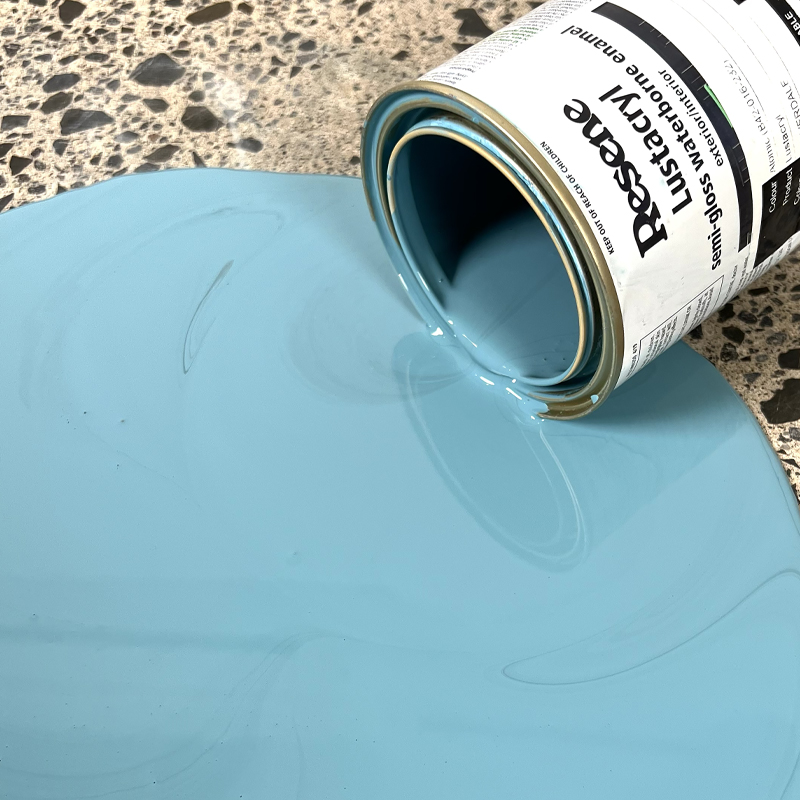Like the bow on a present or a frame around a picture, a freshly painted fence is the finishing touch that will really elevate your home. Fences aren’t just for privacy or aesthetics, they’re a necessity for security and safety, helping to keep pets within your property and kids safe from swimming pools. It pays to look after this essential home feature, and luckily Resene is here to help you answer all your fence maintenance questions.
Which paint should I use?
Resene Lumbersider Low Sheen is an ultra-durable paint recommended for exterior timber, including fences. Its long-lasting low-sheen formula will withstand harsh UV light, as well as wet and rainy conditions. For a higher sheen semi-gloss finish, try Resene Sonyx 101. Or for a lower sheen, try Resene Lumbersider Matt.
To achieve a more natural look, consider using stain instead of paint. Resene Waterborne Woodsman is a semi-transparent product that allows the natural grain of the timber to show through.
If you want to paint or stain your fence in a modern dark colour – such as Resene Ironsand or Resene All Black – go for a Resene CoolColour formula. Resene CoolColour paints contain special heat-reflective pigments which stop dark colours from getting too hot in the sun, preventing your timber from heat damage and warping.
Cement or brick fences can be painted with Resene Lumbersider or Resene Sonyx 101 as well, but if the fence is plaster or render, or if waterproofing is a concern, use Resene X-200 acrylic weathertight membrane instead.

